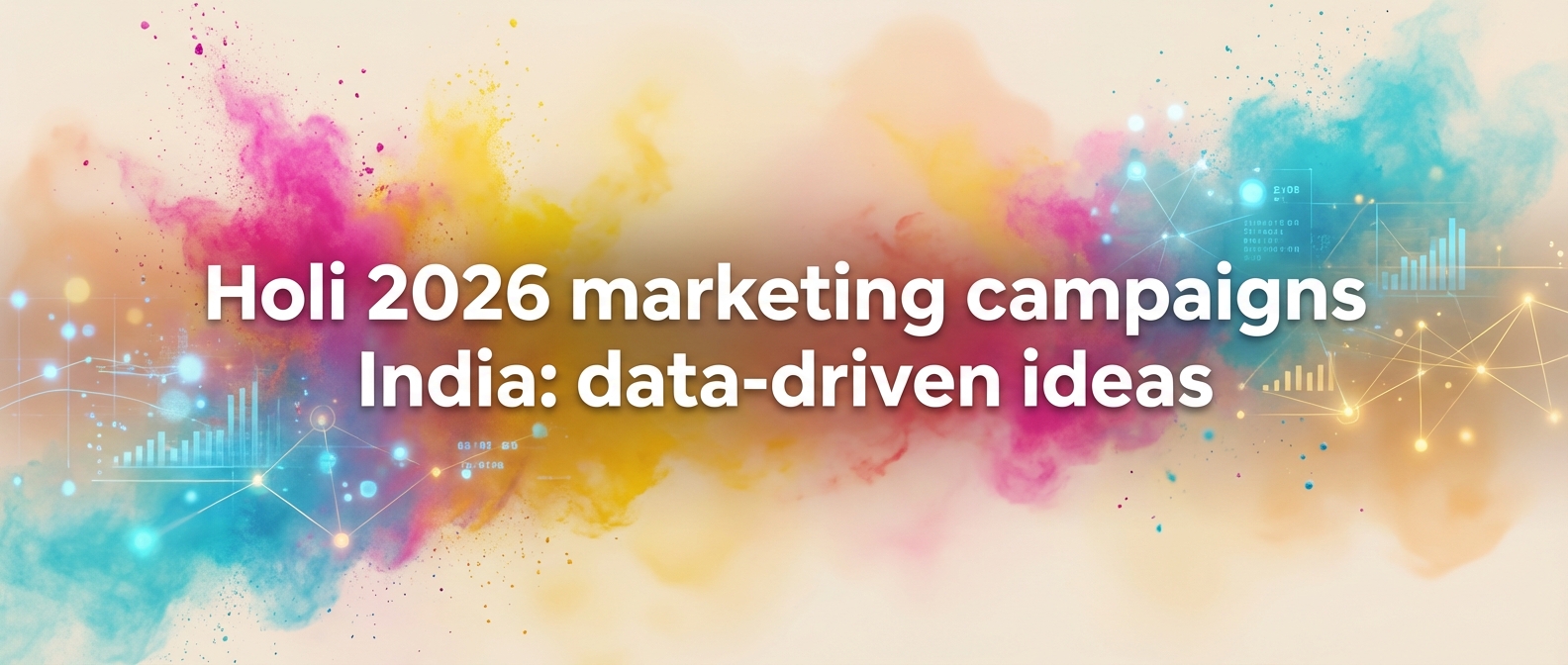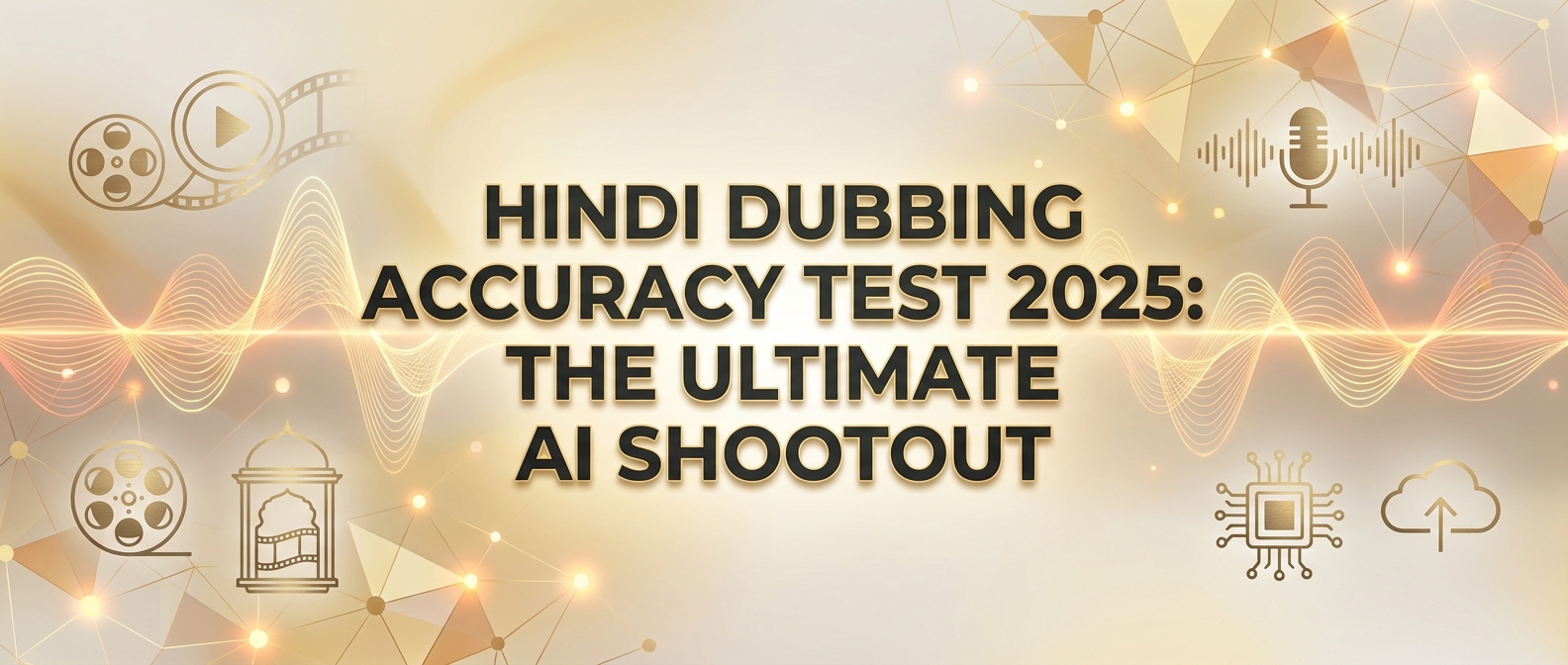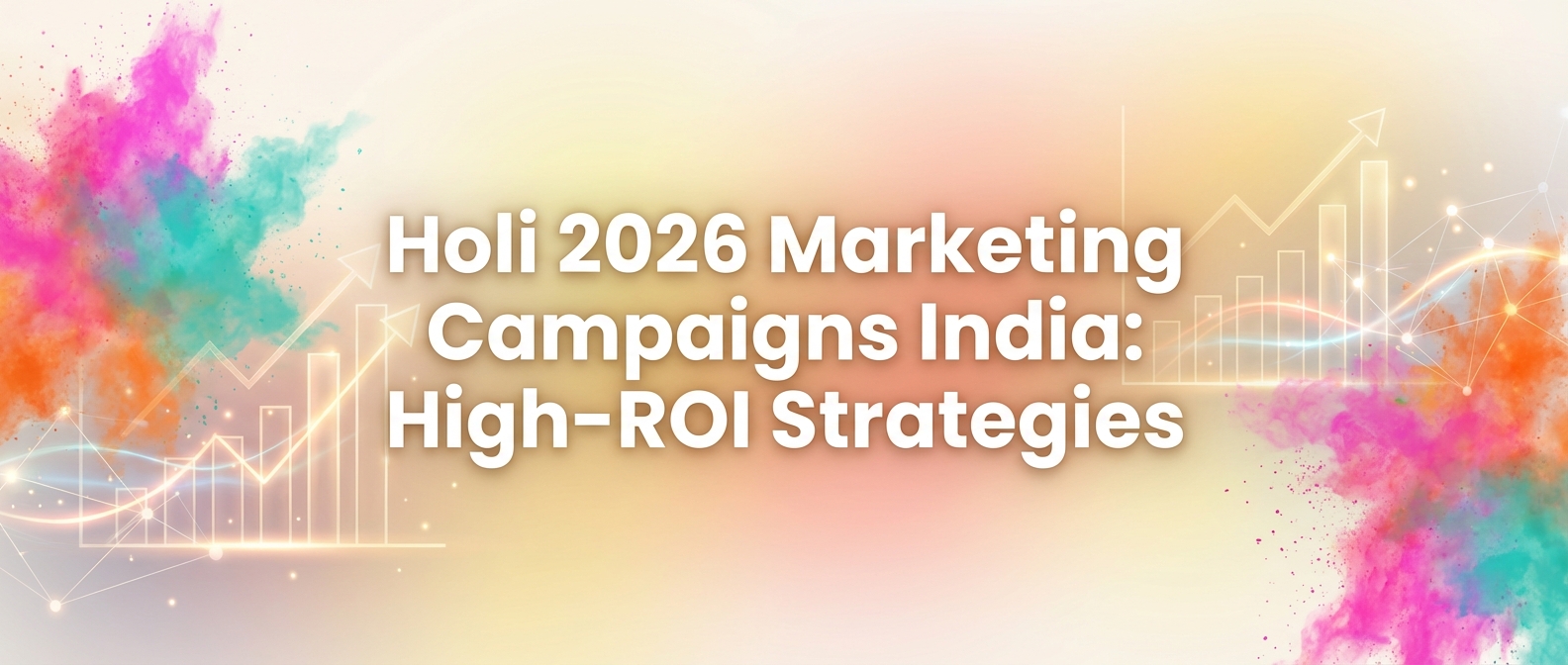Beyond Free Tools: A Strategic Guide to AI Image to Video Generators
Estimated reading time: about 11 minutes.
Key Takeaways
- AI video generation is shifting from novelty to strategic necessity.
- Professional platforms offer greater quality, security, and scale compared to free tools.
- Ethical frameworks, brand safety, and IP rights are crucial for large-scale AI video production.
- Future trends include hyper-personalization, interactive avatars, and real-time data integration.
In an era where digital content is king, video remains the undisputed champion of engagement. Yet, for many, the barriers to entry—high costs, complex production, and time-consuming edits—have been insurmountable. The rise of the AI image to video generator promises to demolish these walls, turning static pictures into dynamic narratives with a few clicks. But as the digital landscape evolves, simply creating a video for free is no longer enough. The real challenge lies in producing high-quality, on-brand, and ethically sound video content at scale. This guide explores how to move beyond basic tools and implement a sophisticated AI video strategy that delivers measurable returns. For more insights on the broader AI revolution, check out this overview of AI statistics from Forbes.
1. Reframing the Challenge: From Creation to Strategic Scalability
The initial promise of AI video was simple: cost and time savings. Indeed, recent data shows that 63% of businesses using AI-generated video tools reduce average production costs by approximately 58%. This efficiency has spurred massive adoption, with a staggering 79% of eCommerce brands now using AI-generated videos to showcase their products online. The problem is no longer if you can create a video, but how you can create thousands of high-quality, personalized, and safe videos that stand out in a saturated market.
The new challenge is one of strategic scalability. It involves maintaining brand consistency across countless iterations, ensuring the message is culturally relevant in different regions, and protecting your brand from the ethical pitfalls of deepfake technology. As audiences become more discerning, the limitations of free, low-fidelity tools become apparent. The focus must shift from mere content velocity to content intelligence—a strategy that requires more robust and secure platforms. For a deeper dive into the ethical implications, the IEEE has outlined significant concerns that businesses must navigate. Additionally, the AI-Generated Faces Guide: Ethics, ROI & 2025 Tactics provides comprehensive insights into managing ethical considerations in AI-generated media.
2. The Innovation Under the Hood: Beyond Basic Generation
While many free tools offer a glimpse into AI video creation, professional platforms provide the technical depth necessary for commercial applications. The underlying technology—a combination of Generative Adversarial Networks (GANs), diffusion models, and advanced neural rendering—is far more sophisticated than what's available in most consumer-grade apps. These systems don't just animate a mouth; they analyze facial structure, infer realistic head movements, and align audio with visual cues with near-perfect precision. AI Video Generator: Beyond Text-to-Speech in 2025 delves deeper into these advanced capabilities.
This technical superiority manifests in several key areas:
- Photorealism: Advanced models are trained on vast datasets of high-resolution footage, enabling them to generate avatars and movements that are virtually indistinguishable from reality.
- Voice Cloning and Synthesis: Professional tools offer natural-sounding text-to-speech in dozens of languages and can create a digital clone of a specific voice, ensuring brand consistency in all audio communications.
- API and Integration: The true power of enterprise-grade AI video lies in its ability to integrate with other systems. Platforms like Studio by TrueFan AI enable developers to connect the video generation engine to their marketing automation software, e-commerce platforms, or internal communication tools, allowing for the automated creation of personalized videos at an unprecedented scale.
3. An Advanced Implementation Framework for AI Video
To truly harness the power of AI video, you must move beyond one-off creations and integrate it into your core business processes. The competitor's guide shows you how to make a single video; this framework shows you how to build a video-powered engine for growth.
Step 1: Establish Your Content Pillars and Personas
Identify 3-5 core themes for your video content (e.g., product demos, customer testimonials, educational content). For each pillar, define the target audience and select or create an AI avatar that resonates with that demographic. For a detailed approach to selecting avatars, refer to the AI Avatars for Video Marketing: Definitive 2025 Guide.
Step 2: Create a Master Script Template
Develop a modular script that can be easily customized. Use placeholders for variables like [Customer Name], [Product Feature], or [Geographic Location]. This allows for mass personalization without rewriting the entire script for each video.
Step 3: Localize and A/B Test at Scale
Use a platform with robust multi-language support to translate your master script into different languages. Studio by TrueFan AI's 175+ language support and AI avatars based on real, licensed influencers allow you to create culturally relevant versions of your videos with perfect lip-sync. Generate multiple versions of each video, testing different calls-to-action, background visuals, or avatar presenters to optimize for engagement.
Step 4: Automate Distribution via API
Connect your AI video platform to your CRM or marketing automation tool. Set up triggers that automatically generate and send personalized videos. For example:
- A new e-commerce customer receives a welcome video from a virtual brand ambassador featuring their name.
- A user who abandons their cart gets a follow-up video showcasing the specific product they left behind.
- Employees receive internal training updates delivered by an AI version of their department head. To optimize API integrations, explore the AI Video API Integration: Strategic Guide for 2025.
Step 5: Monitor, Analyze, and Iterate
Track key metrics like click-through rates, watch time, and conversion rates for each video variant. Use this data to refine your scripts, avatar choices, and distribution triggers, continuously improving the performance of your automated video funnel.
4. Overlooked Considerations: Ethics, IP, and Brand Safety
The competitor's article barely scratches the surface of the most critical aspect of AI-generated media: ethics. In a world grappling with the implications of deepfakes, brands cannot afford to be negligent. Using unauthorized images or creating synthetic media without clear guardrails is a significant legal and reputational risk.
Here are the considerations that free tools often ignore:
- Intellectual Property and Consent: Are the avatars you're using based on real people? If so, are they fully licensed and have they given explicit consent for their likeness to be used? Platforms that use digital twins of real, contracted influencers provide a crucial layer of legal protection.
- Content Moderation: What happens if a user tries to generate a video with hateful, profane, or misleading content using your brand's avatar? Professional platforms have built-in, real-time moderation filters that block harmful scripts, protecting your brand from being associated with inappropriate messages.
- Transparency and Watermarking: As a best practice, all AI-generated content should be identifiable. Look for platforms that offer subtle watermarking or adhere to standards like the C2PA to ensure transparency with your audience. This builds trust and differentiates your content from malicious deepfakes. Reputable media law firms like Reed Smith offer guidance on these complex issues.
5. Calculating the ROI of Professional AI Video Generation
While free tools offer no upfront cost, their limitations in quality, scalability, and security can lead to hidden costs and missed opportunities. The true return on investment comes from leveraging professional-grade platforms to drive measurable business outcomes.
The ROI calculation is multi-faceted:
- Cost Savings: Calculate the difference between your traditional video production costs (crew, equipment, editing) and the subscription fee for an AI platform. As noted, this often results in a 58% cost reduction.
- Performance Uplift: Measure the increase in key marketing metrics. According to industry reports, AI-driven video ads can boost viewer engagement by 45%. One retail startup even saw a 25% increase in conversion rates after implementing AI-powered short-form videos.
- Efficiency Gains: Quantify the hours saved in production and editing, and reallocate that time to strategy and creative development. Marketing agencies using these tools report seeing an ROI of 300-600% within the first quarter alone.
Solutions like Studio by TrueFan AI demonstrate ROI through a combination of these factors. The ability to rapidly prototype campaigns, automate personalized outreach, and localize content with minimal overhead creates a powerful flywheel for growth that far outweighs the monthly subscription cost. For a comprehensive approach to measuring ROI, refer to the AI Video Generation ROI: Marketing Intelligence Guide.
6. Your Future Roadmap: Preparing for the Next Wave of AI Video
The field of generative video is evolving at a breakneck pace. What seems cutting-edge today will be standard tomorrow. Staying ahead requires a forward-looking strategy that anticipates the next wave of innovation.
- Hyper-Personalization: Future platforms will integrate with real-time data streams to create videos that are not just personalized, but context-aware. Imagine a marketing video that changes its background based on the viewer's local weather or references a recent news event.
- Interactive Avatars: The line between video generation and conversational AI will blur. Soon, you'll be able to deploy AI avatars on your website that can have real-time, spoken conversations with visitors, answering questions and guiding them through the customer journey.
- Developing an AI Charter: The most important preparation is not technical, but ethical. Work with your legal and marketing teams to develop a corporate charter for the responsible use of AI. This document should outline your policies on data privacy, transparency, and content moderation, ensuring that as the technology evolves, your brand's integrity remains intact. To explore other tools shaping this future, consider looking into platforms like Synthesia or Visla.
Frequently Asked Questions (FAQs)
1. How can I ensure my AI-generated videos align with my brand's specific style and tone?
Professional platforms offer extensive customization. You can choose from a library of avatars with different personas, select brand-aligned voices, upload your own background images and logos, and use an in-browser editor to fine-tune timing and add brand-specific graphical overlays, ensuring every video is perfectly on-brand.
2. What are the key differences between a free AI video generator and a paid, professional platform?
The primary differences are quality, security, and scale. Paid platforms provide higher-resolution output (HD/4K), use licensed avatars to avoid legal issues, have built-in content moderation to protect your brand, and offer API access for automating video creation at a scale that free tools cannot handle.
3. How is the data in my scripts kept secure when using a cloud-based AI video platform?
Leading platforms prioritize security through certifications like ISO 27001 and SOC 2. This means they adhere to stringent international standards for data management and security, ensuring your proprietary script information is encrypted, protected, and processed in a secure environment.
4. Can AI image to video tools handle complex subjects or just simple "talking head" videos?
While talking head videos are a primary use case, advanced tools are increasingly capable of more complex animations. They can generate subtle camera pans, apply depth-of-field effects, and overlay cutaway B-roll footage. The technology is rapidly evolving to handle more dynamic and multi-layered scenes.
5. How does a platform like Studio by TrueFan AI prevent its avatars from being used for deepfakes?
These platforms operate as a "walled garden." They use a consent-first model with licensed avatars and implement real-time content filters that block scripts containing hate speech, political endorsements, or other prohibited content. This combination of legal agreements and technical safeguards ensures the technology is used ethically and protects the likeness of the real influencers behind the avatars.
6. What kind of support can I expect if I run into issues with a professional AI video platform?
Unlike most free tools that offer limited or no support, professional SaaS platforms typically provide a comprehensive customer support system. This often includes a detailed knowledge base, community forums for peer-to-peer help, and direct customer support channels to resolve technical issues and provide strategic guidance.
Conclusion: From Novelty to Necessity
The conversation around AI image to video generators is fundamentally shifting. It is no longer a novelty for creating amusing clips but a necessary tool for any organization serious about engaging its audience in the digital age. While free tools provide a valuable entry point, a truly effective strategy requires moving beyond their limitations. By focusing on a framework of scalability, embracing the deeper technical capabilities of professional platforms, and grounding your approach in a strong ethical charter, you can unlock the transformative potential of AI video. The future of content is not just about creating it faster or cheaper; it's about creating it smarter, safer, and with more impact. The time to build your intelligent video engine is now.




